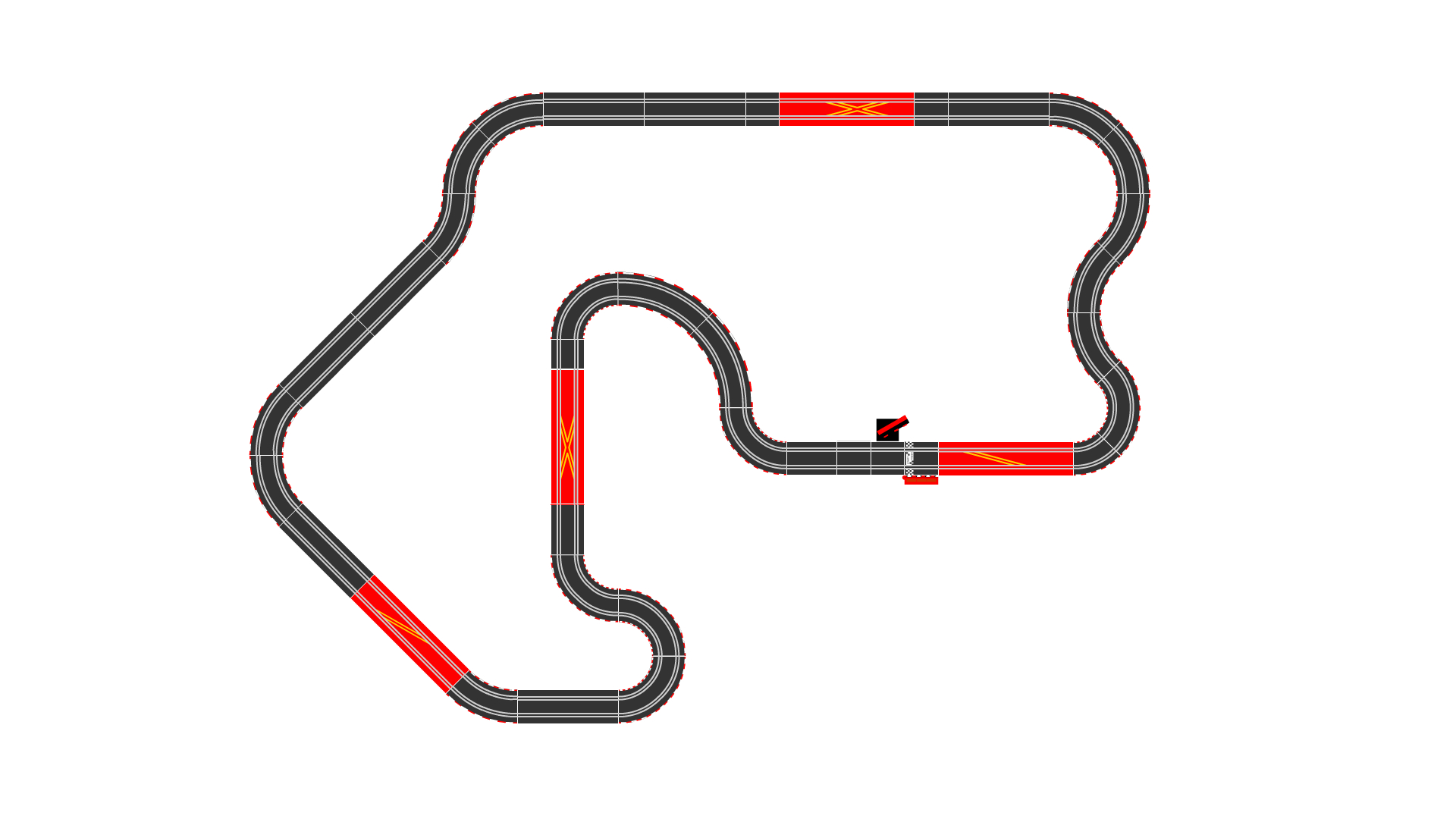

Damon Hill started from pole position, but collided with Martin Donnelly after only 200 metres, with the result that both ended up stuck in the gravel. In 1988, the British Formula 3 Championship held a race on the former pasture land for the first time. The startĬonstruction started in 1972, and the first motorbike race was held at Knockhill Racing Circuit in 1974. Knock Hill, the mountain that gave the circuit its name, rises to a height of 364 metres and can be recognised by its communication masts. In the early 1970s, the motor sports enthusiast even dreamt of holding a Grand Prix on his land on the leeward side of Knock Hill.

The track owes its existence to visionary sheep farmer Tom Kinnaird. The circuit is the only racetrack in the country with FIA accreditation. Formula 1 pylon races are held regularly, mainly at Reno, Nev.The motor sports heart of Scotland beats at the Knockhill Racing Circuit.

The Air Racing Council of the United States (ARCUS) recognizes several fixed-race classes, including Formula 1, Formula V, Biplane, T-6, T-28, Sport Class, and Unlimited. Formula races around pylons originated in the United States in 1947, the principle being that aircraft of a similar performance would race round a fixed course defined by pylons, rather like an automobile racetrack. The best option for resuming sport air racing seemed to be in the development of formula racing (competitions organized according to factors such as engine size), using surplus military aircraft, which could be bought quite cheaply, and small, fast planes built specially for racing. By the end of the war, the cost of sport racing with open (unrestricted), or state-of-the-art, airplanes had become prohibitive. With the outbreak of World War II in 1939, sporting races halted again, and aeronautic pioneers and manufacturers put their efforts into the development of highly complex military aircraft.
#Circuit racer plane series#
The racing series ended in 1931, following three consecutive victories by the English entrant (in 1927, 1929, and 1931), as under the trophy rules the first country to win three times within five years would permanently retain the trophy. The most famous event, though, was the series of races for the Schneider Trophy, a truly international speed contest for seaplanes, which was held at various locations around the world, starting with Monaco (1913). For example, the Pulitzer Trophy (1920), the Thompson Trophy (1929), and the Bendix Trophy (1931) in the United States and the Kings Cup (1922) in England attracted some of the best pilots from around the world. World War I interrupted these sporting events, but during the 1920s and ’30s air racing came to the fore as a result of some now famous events and trophies. SpaceNext50 Britannica presents SpaceNext50, From the race to the Moon to space stewardship, we explore a wide range of subjects that feed our curiosity about space!.Learn about the major environmental problems facing our planet and what can be done about them! Saving Earth Britannica Presents Earth’s To-Do List for the 21st Century.Britannica Beyond We’ve created a new place where questions are at the center of learning.100 Women Britannica celebrates the centennial of the Nineteenth Amendment, highlighting suffragists and history-making politicians.
#Circuit racer plane how to#
COVID-19 Portal While this global health crisis continues to evolve, it can be useful to look to past pandemics to better understand how to respond today.Student Portal Britannica is the ultimate student resource for key school subjects like history, government, literature, and more.From tech to household and wellness products. Britannica Explains In these videos, Britannica explains a variety of topics and answers frequently asked questions.This Time in History In these videos, find out what happened this month (or any month!) in history.#WTFact Videos In #WTFact Britannica shares some of the most bizarre facts we can find.Demystified Videos In Demystified, Britannica has all the answers to your burning questions.Britannica Classics Check out these retro videos from Encyclopedia Britannica’s archives.


 0 kommentar(er)
0 kommentar(er)
